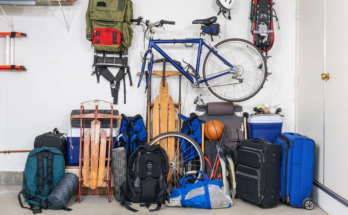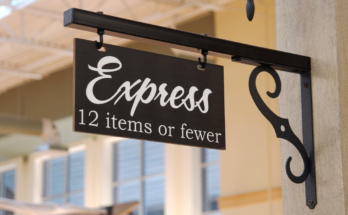
With used vehicles sales soaring 15% in the last quarter, your leased vehicle could be worth more on the open market than the cost of buying it out. With some finesse, you could pocket the difference and make some money. Here’s what you need to know.
Knowing the value of your leased vehicle
When you lease a car, you’re paying to drive a new vehicle that you don’t own. Your monthly lease payments are based on the residual value of your vehicle, which is an estimate of how much the car is worth once the lease contract expires.
The lease residual is based on a certain percentage of the Manufacturer’s Suggested Retail Price (MSRP). As an example, a leased vehicle could have an MSRP of $25,000 with a residual lease value of 50% for a three-year lease, which would make the lease residual $12,500. At the end of the lease, you have two choices: walk away, or buy out the car for its remaining value (sometimes you have to pay an additional $300-$400 “disposition fee”). You also have the option to do an early buyout, the price of which includes the remaining payments and, in some cases, a termination fee.
The new wrinkle here is the pandemic. As a result of a car shortage and other factors, a disparity between market value and residual value of leased cars has suddenly emerged—many vehicles now have a residual value lower than what it can be sold for in the open market.
G/O Media may get a commission
The Detroit Free Press has a breakdown of some potential profits:
A Ram 1500, for example, has an average residual price of $24,073 if leased in 2017, according to data from Edmunds. By contrast, it could sell for $28,292 on average on the open market. That’s a potential profit of roughly $4,200.
The 2017 Toyota Prius Prime has an average buyout price of $14,971 but an average sale price on the open market at $17,840 — with a gain of more than $2,800.
Finding equity in your vehicle
You’ll want to know how much equity can be squeezed out of your lease to determine if a buyout is right for you. To do so, follow these steps:
- Check your lease contract or contact your lender to confirm the buyout (or early buyout) price. You will have to pay extra if your car has excessive wear-and-tear.
- Compare your buyout price to the current market value of your vehicle using online pricing guides like Kelley Blue Book or Edmunds, or by getting a real cash offer from online car dealers like Carvana or Vroom.
- Subtract the residual value from the current market price, which will tell you how much you could make by selling the car. Whether that difference is high enough for the hassle of buying and selling is up to you (you’ll also want to factor in your time and money if you’re planning to sell your vehicle privately).
- If the math adds up, you can buy out your lease and sell the car to dealers or privately. Selling the car will be your responsibility, of course, and there’s always a risk that market conditions might change.



